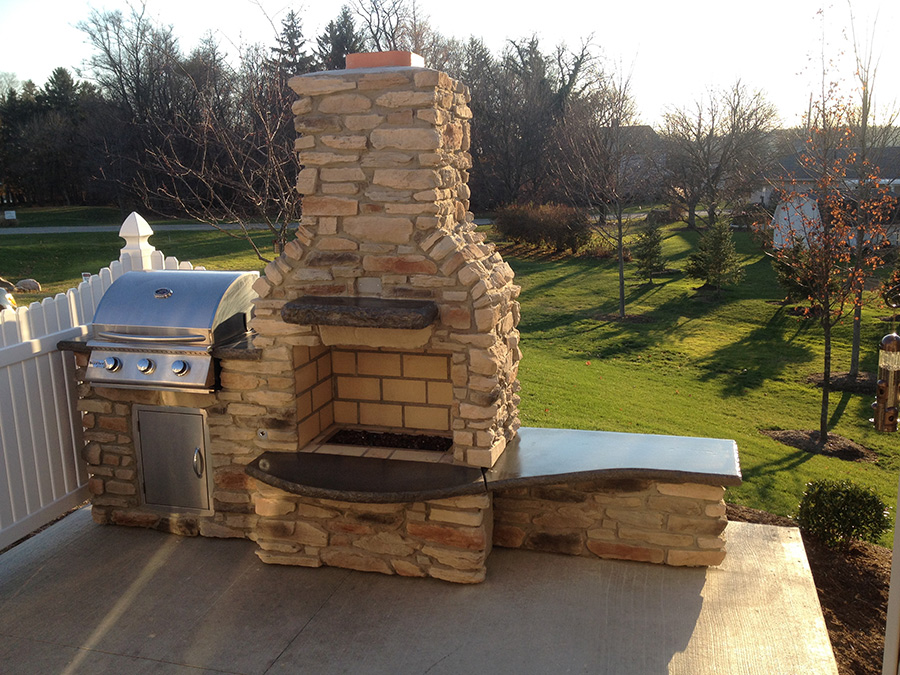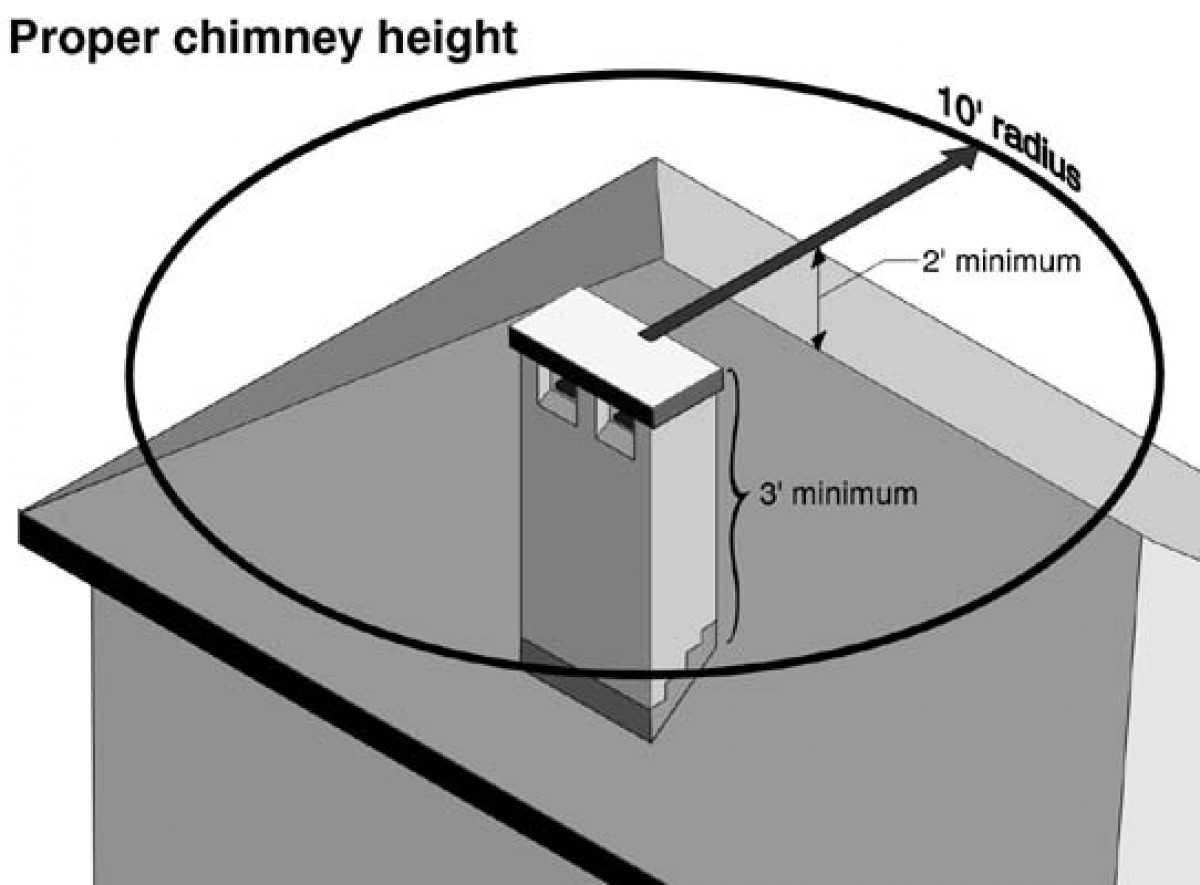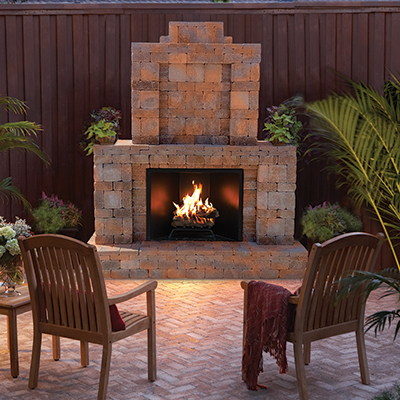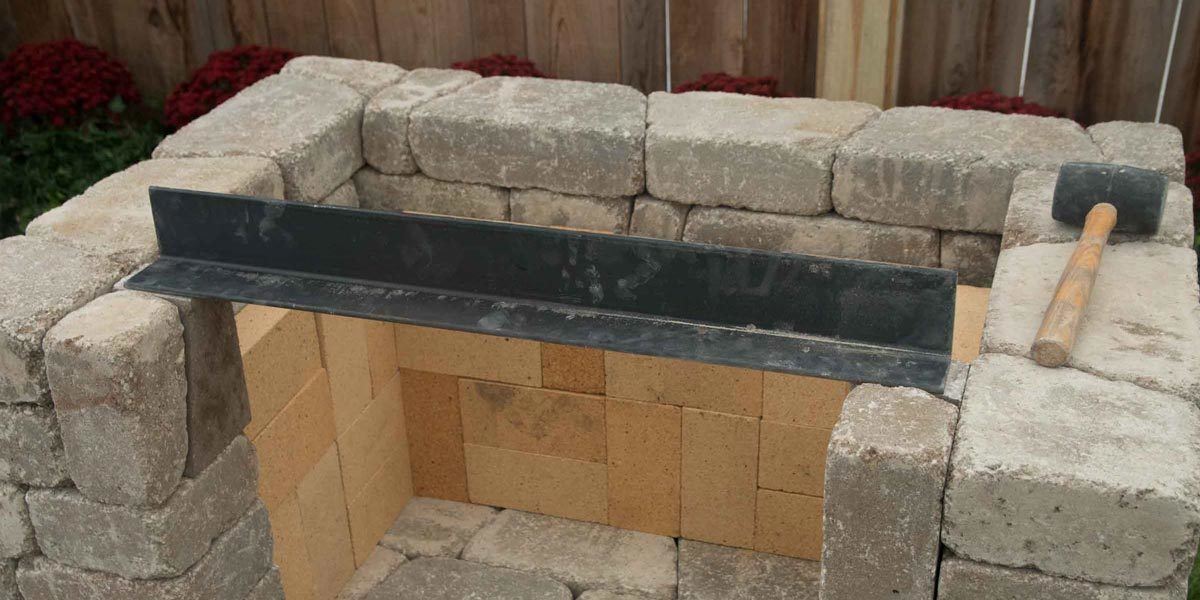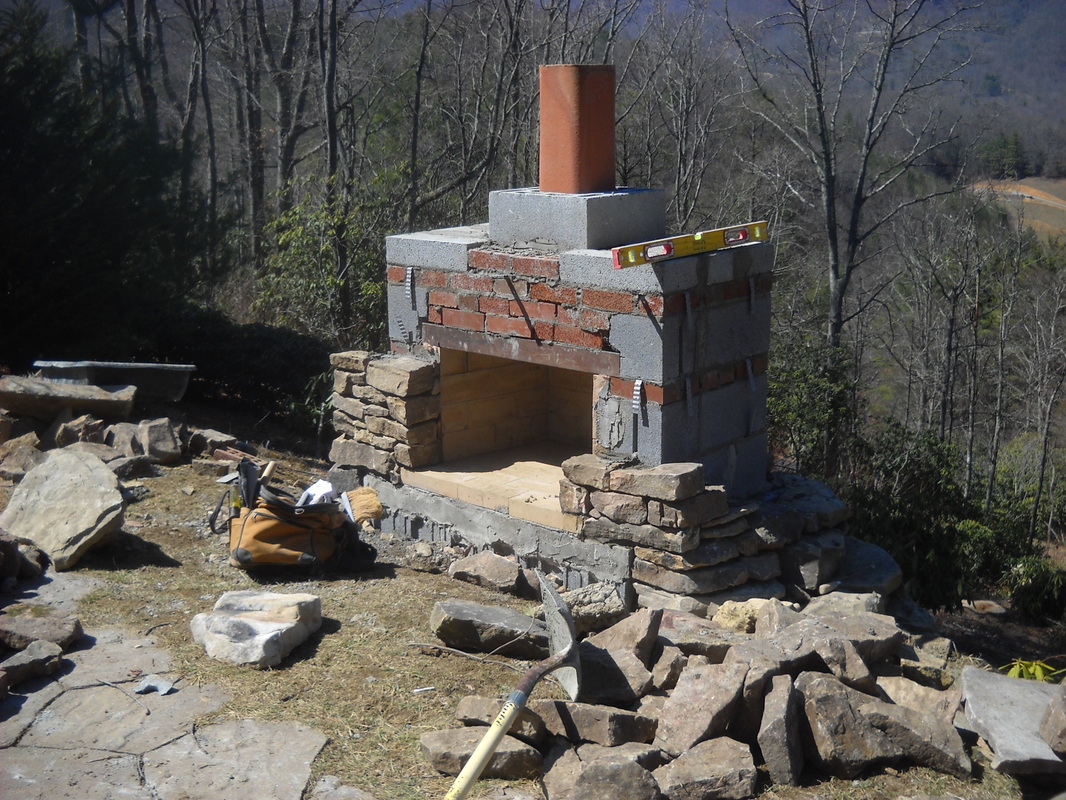An outdoor fireplace can be a wonderful addition to any backyard, providing warmth and a cozy ambiance for outdoor gatherings. However, to ensure your fireplace operates safely and efficiently, it’s important to consider the chimney height. In this article, we’ll explore the ideal height for an outdoor fireplace chimney and why it’s crucial to get it right.
Why Chimney Height Matters
The chimney is a crucial part of any fireplace system, whether indoors or outdoors. Its main function is to draw smoke and combustion gases from the fireplace and release them safely into the air. Without a proper chimney, smoke and gases can accumulate in the outdoor living space, creating a health hazard and affecting the space’s ambiance. A too short chimney may not be able to draw the smoke and gases out efficiently, while a too tall chimney can create too much draft and allow too much heat to escape.
The Ideal Chimney Height
The ideal height for an outdoor fireplace chimney depends on several factors, including the size of the fireplace, the fuel type, and the prevailing wind direction in your area. As a general rule of thumb, the chimney height should be at least 2 feet higher than the highest point of the roofline of any adjacent structure, including your home or garage. This will ensure that the smoke and gases are released at a safe distance from the roof and won’t be drawn back into the living space.
Additionally, the chimney’s height should be at least 3 feet taller than the roofline of the house if it’s within 10 feet of the chimney. This helps prevent downdrafts, which can cause smoke and gases to be drawn back into the fireplace and create a hazardous situation.
Factors to Consider
There are a few other factors to consider when determining the ideal height for your outdoor fireplace chimney. These include:
- Fuel Type: If your outdoor fireplace uses wood as fuel, it may require a taller chimney than a gas fireplace to draw the smoke and gases up and out effectively.
- Wind Direction: The prevailing wind direction in your area can affect the performance of your chimney. For example, if the wind tends to blow toward your house, you may need a taller chimney to prevent smoke and gases from being drawn back into the living space.
- Local Building Codes: Check your local building codes before installing an outdoor fireplace chimney. Depending on your location and other factors, some codes may require a minimum or maximum height for the chimney.
The ideal height for an outdoor fireplace chimney is an important consideration when designing and installing an outdoor fireplace. To ensure the safety and efficiency of your fireplace, ensure the chimney is at least 2 feet taller than the highest point of any adjacent structure and at least 3 feet taller than the house’s roofline if it’s within 10 feet of the chimney. Consider factors such as fuel type, wind direction, and local building codes when determining the ideal height for your chimney. By doing so, you’ll be able to enjoy your outdoor fireplace safely and comfortably for years.
Outdoor Fireplace Chimney Height
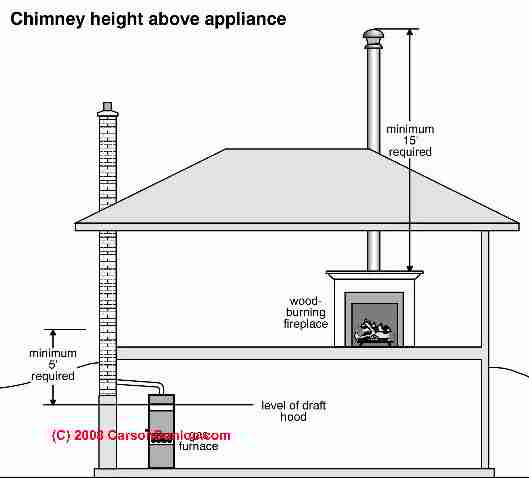
Brick Oven Chimney Height: What to Choose – Round Grove Products
Design Considerations for Outdoor Living Spaces – Part 3
Determine Proper Chimney Height Using The 10-2 Rule – Acucraft
Outdoor Fireplace Size and Scale – Landscaping Network
Outdoor Fireplace Size and Scale – Landscaping Network
How to Choose an Outdoor Fireplace
How to Build An Outdoor Fireplace Step-by-Step Guide – #BuildWithRoman
stonetutorials – Living Stone Masonry
Related Posts:
- Stacked Stone Outdoor Fireplace
- DIY Small Outdoor Fireplace
- Outdoor Fireplaces Firepits
- Simple Brick Outdoor Fireplace
- Ideas For Outdoor Fireplaces On Patios
- Outdoor Fireplace Ideas Stone
- Outdoor Rock Fireplace Designs
- DIY Outdoor Fireplace Designs
- Outdoor Fireplace Ideas Deck
- Outdoor Cooking Fireplace Designs
